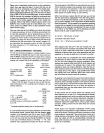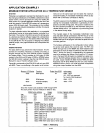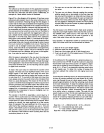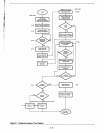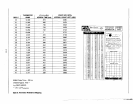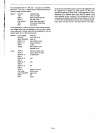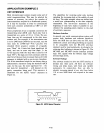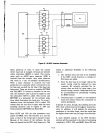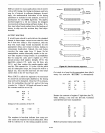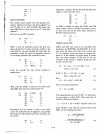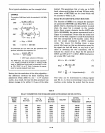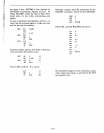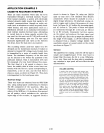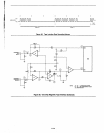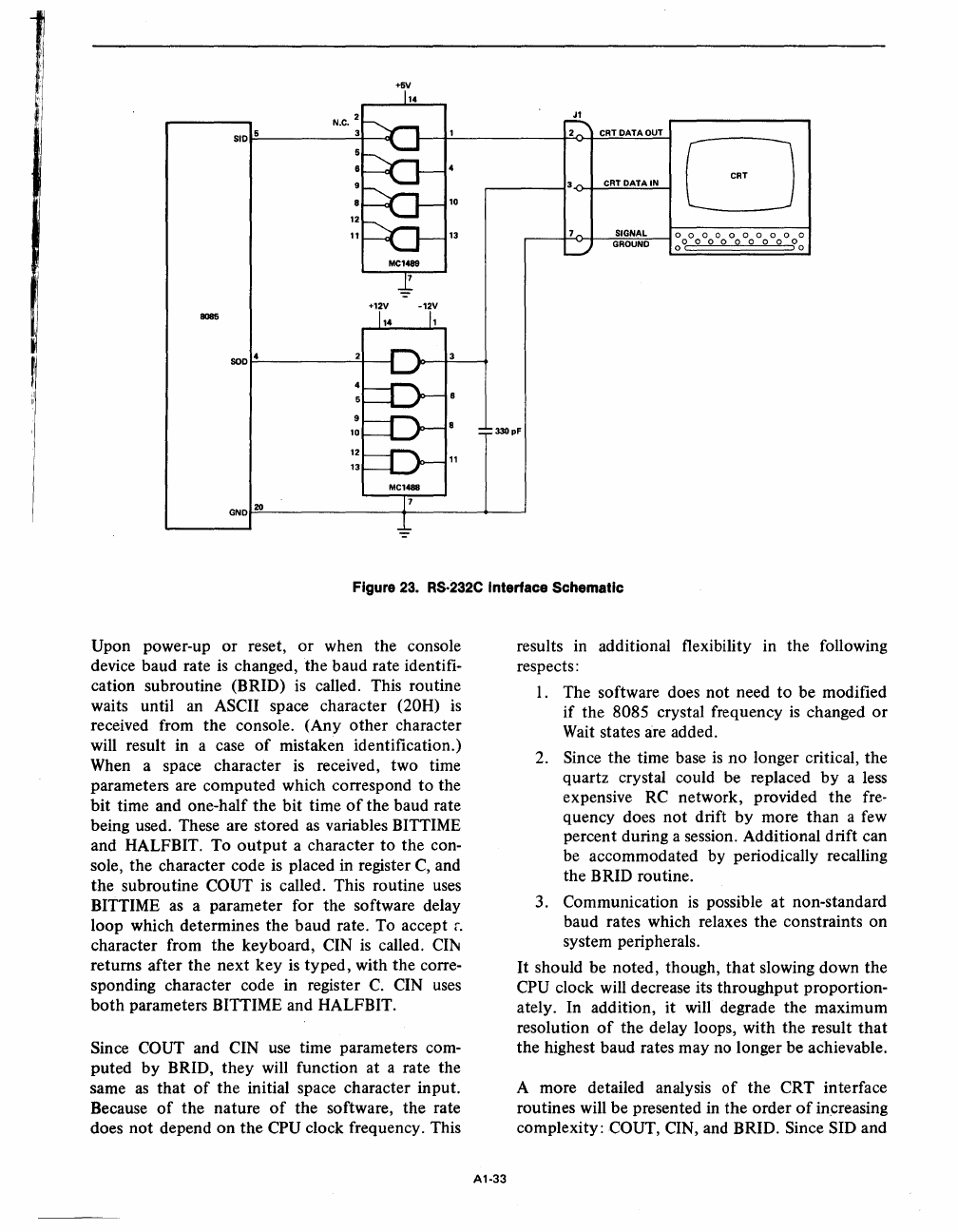
SID 6
8086
SOD
4
+6V
14
N.C.
2
3
12
11
MCI489
7
"::"
+12V
-12V
10...----....
__
121--
.....
----...
13...----....
__
MCI488
Jl
CRT
DATA
OUT
0
CRT
DATA IN
10
13
SIGNAL
o 0 0 0
000
0 0 0
GROUND
00000000
0
0
0<
330pF
GNDr~~------------~--------~--~
Figure 23. RS·232C Interface Schematic
Upon power-up or reset,
or
when the console
device baud rate
is
changed, the baud rate identifi-
cation subroutine
(BRIO)
is
called. This routine
waits until
an
ASCII space character (20H)
is
received from the console. (Any other character
will result in a case
of
mistaken identification.)
When a space character
is
received, two time
parameters are computed which correspond to the
bit time and one-half the bit time
of
the baud rate
being used. These are stored
as
variables BITTIME
and HALFBIT. To
output
a character
to
the con-
sole, the character code
is
placed in register
C,
and
the subroutine
COUT
is
called. This routine
uses
BITTIME
as
a parameter for the software delay
loop which determines the baud rate. To accept
r.
character from the keyboard, CIN
is
called.
CI1\I
returns after the next key
is
typed, with the corre-
sponding character code in register
C.
CIN
uses
both
parameters BITTIME and HALFBIT.
Since COUT and CIN
use
time parameters com-
puted by
BRIO, they will function at a rate the
same
as
that
of
the initial space character input.
Because
of
the nature
of
the software, the rate
does not depend on the
CPU clock frequency. This
A1-33
results
in
additional flexibility in the following
respects:
1.
The software does not need
to
be modified
if
the 8085 crystal frequency
is
changed
or
Wait
states are added.
2.
Since the time base
is
no
longer critical, the
quartz crystal could be replaced by a
less
expensive
RC
network, provided the
fre-
quency does not drift by more than a
few
percent during a session. Additional drift can
be accommodated by periodically recalling
the
BRIO routine.
3. Communication
is
possible at non-standard
baud rates which relaxes the constraints on
system peripherals.
It
should be noted, though, that slowing down the
CPU clock will decrease its throughput proportion-
ately. In addition, it will degrade the maximum
resolution
of
the delay loops, with the result that
the highest baud rates may
no
longer be achievable.
A more detailed analysis
of
the CRT interface
routines will be presented in the order
of
increasing
complexity:
COUT, CIN, and BRIO. Since SIO and



